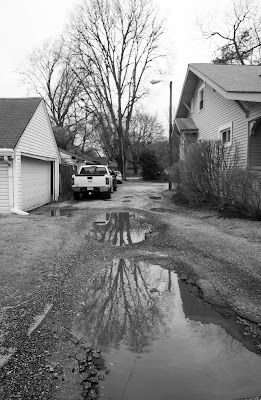Back in 2001, the Nikon high-res D1X pro body would shoot at 3 frames per second, but it filled the buffer with only six RAW (or NEF, in Nikon-speak) frames. A couple years later, the consumer-grade Canon EOS Digital Rebel could nearly equal that frame rate at 2.5 FPS, although it filled its buffer in only four shots and then required a full "five Mississippi" count until the buffer was cleared.
The big revolutionary breakthrough was the Canon EOS-1D Mark III. Released in 2007, it came with a pair of Canon's DIGIC III image processing chips (as opposed to the lone chip found on lesser Canons) and these worked in parallel to allow not only a blistering 10 frames per second max speed, but it took a full thirty RAW files before the buffer finally tapped out and needed time to catch up. If you just wanted to shoot JPEGs, you could hold the shutter button down for a full eleven seconds before the buffer needed a breather. This was a 20% increase in frame rate and a 50% increase in buffer capacity relative to the 1D Mark II it replaced.
The sound of a mirror and shutter working at ten frames a second is noticeable. It was pushing the limits for the DSLR at the time and wasn't appreciably surpassed until the 14FPS EOS-1D X of 2011.






































